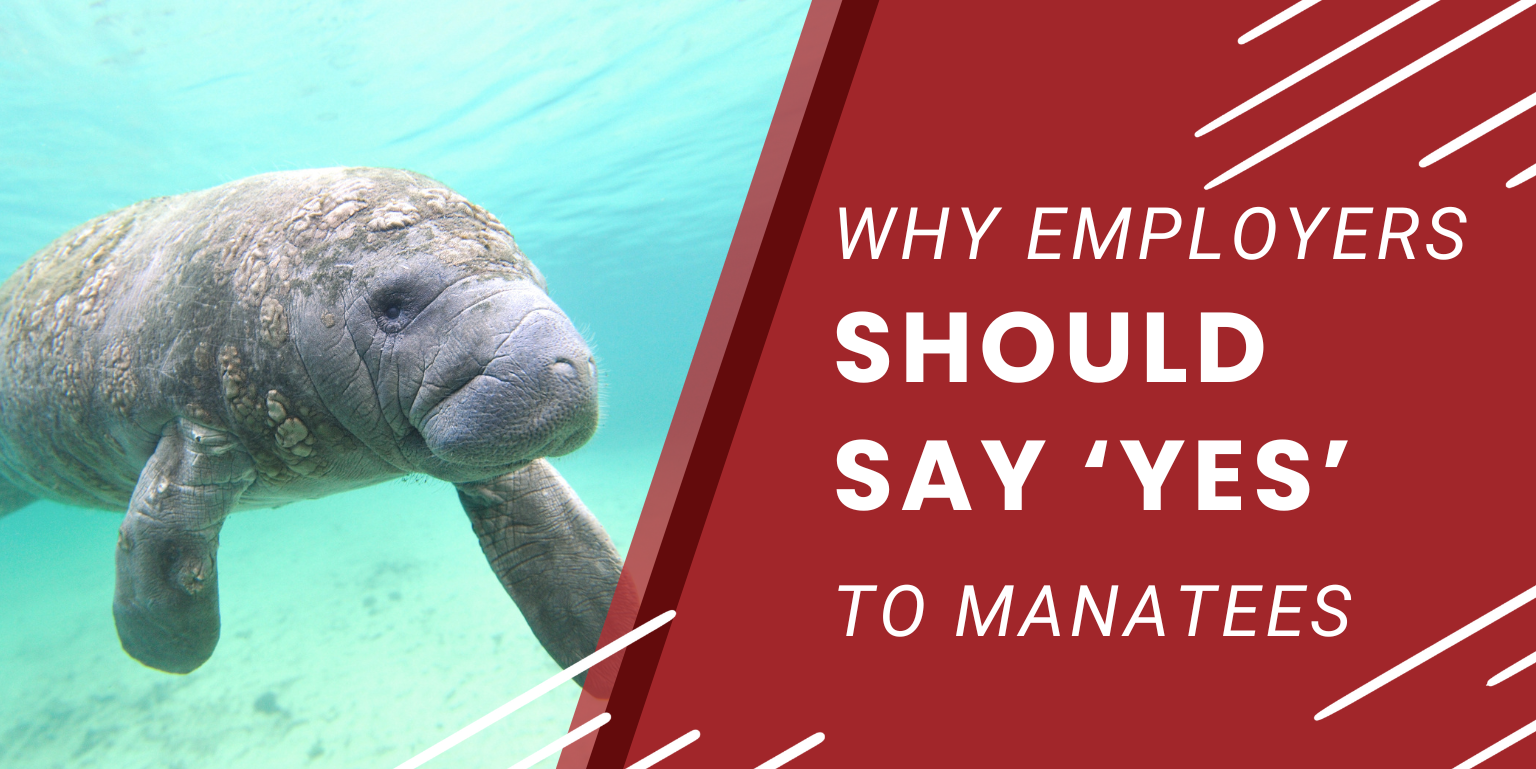
By: Jill Hudson
Our Director of Human Resources, Jill Hudson, was recently published in The Oklahoman! Check out her opinion editorial here or read the text below to learn more about why we encourage our employees to learn — no matter the topic.
My company, which manages property damage claims, never deals with dolphins, whales or other sea creatures.
And yet, when an employee wanted to earn a degree in marine biology, we allowed her to use our tuition assistance program. She stayed with the company for more than four years while going to school, and she provided stability and leadership in her department before moving on to a career in the sciences. I still see social media photos of her with manatees!
Some might ask why we allowed such a valuable benefit to be used on something that didn’t relate to her job.
It’s because we understand providing ongoing learning opportunities for employees is essential to staff retention. Deloitte reports that organizations with strong learning cultures have increased engagement and retention rates of 30-50% compared to industry competitors.
That matters because analysts estimate that when an employee quits, it costs up to double the person’s salary to replace them. And that doesn’t include intangibles such as the strain the additional workload places on existing staff and the erosion of company culture.
Despite the compelling data, company leaders in many organizations start with the “professional development” line item when it’s time to trim the budget. But reducing investment in this area damages a company overall and can lead to higher employee turnover and increased recruitment and onboarding costs.
The business case for providing help to people wanting to continue their education is strong. Employers can take advantage of federal tax benefits by participating in a qualified educational assistance program. Organizations can take a $5,250 deduction per employee per year for providing tuition assistance for higher education or certification programs. Offering tuition assistance is a standout benefit in today’s job market and can attract highly motivated potential hires who may stay with an organization for years while earning a degree or certification.
We’ve also found benefits from making professional development opportunities available at all levels, not just for managers and senior leaders, covering a wide range of topics. While employers tend to focus on work-related education, supporting all 360 degrees of an employee’s life benefits both the employee and the organization.
Personal finances and health often spill over into an employee’s workday, so offering seminars on financial literacy and wellness can reduce distractions, improving productivity at work. Maintaining a free library of personal and professional development courses in a learning management system is another way we help encourage continual learning for employees at any level.
By investing in the professional development and continued education of employees, organizations benefit from a more skilled and knowledgeable workforce, which can yield untold financial returns in recruitment and retention, improved processes and efficiencies, new service offerings and products and overall increased profits.
What might seem to be an easy line item to cut out of a company’s annual budget is actually a key business strategy for the organization’s long-term growth and success.
